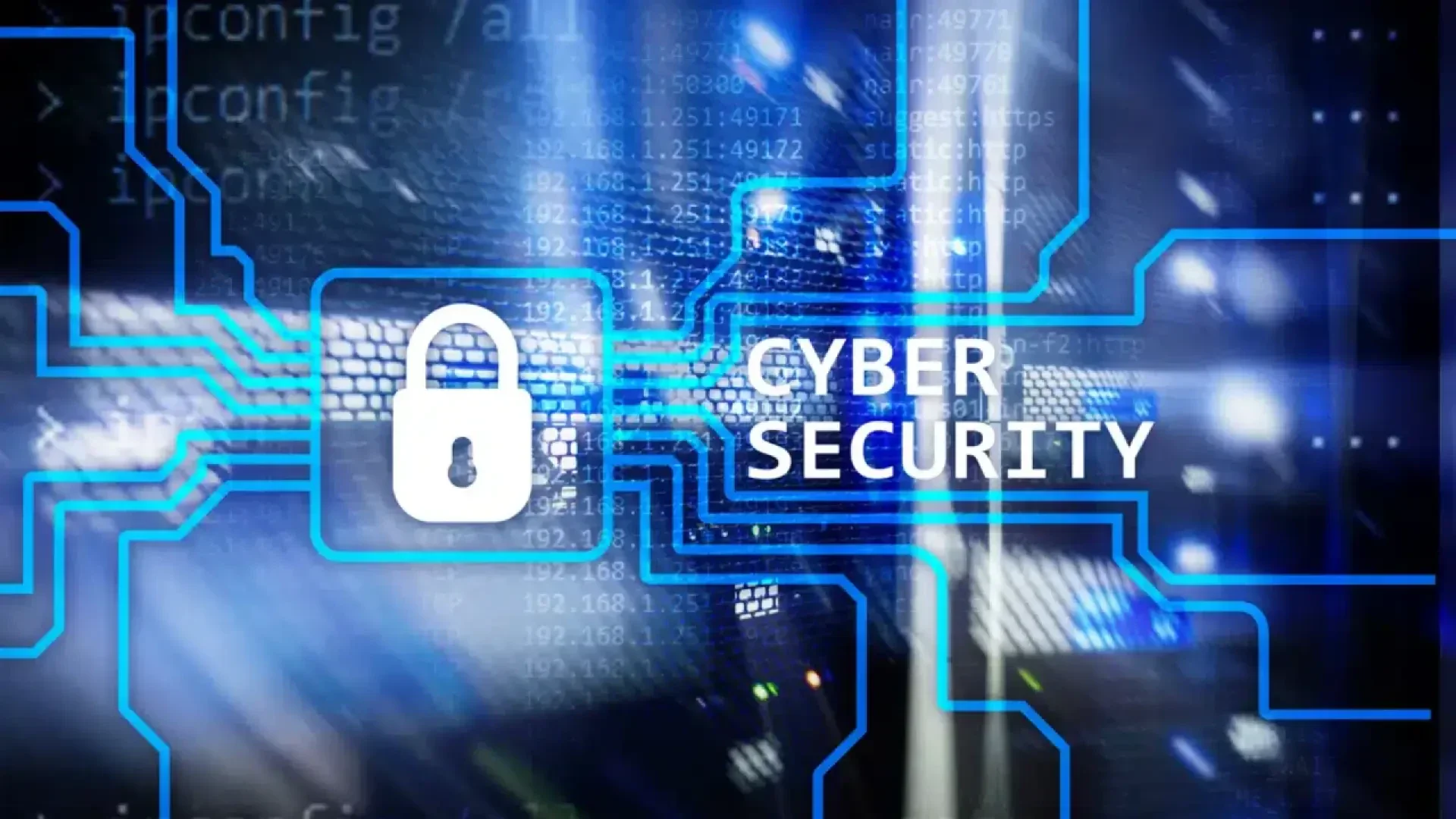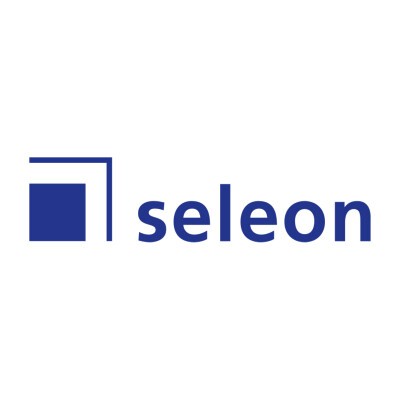The tension between IoMT and cybersecurity: opportunities and risks for connected medicine
Digitalization in the healthcare sector through IoMT and medical apps is revolutionizing diagnosis and therapy. Real-time monitoring and personalized treatment offer opportunities, but there are also new cybersecurity risks that can endanger the safety of patients and facilities.
Advantages of IoMT: more efficient treatment and personalised care
The advantages of IoMT are obvious: networked devices enable continuous monitoring of patient data and offer the possibility of remote diagnosis and treatment. This allows patients to be discharged from hospital earlier and at the same time benefit from an improved quality of life through close-knit care – a decisive factor, especially for people with chronic illnesses. By analysing collected health data in real time, it is possible to react more quickly and precisely to changes in health, which can save lives in emergencies.
Another advantage is that the database for diagnoses and treatment plans is becoming increasingly precise. Connected devices help to create personalised treatment plans and better understand disease progression, which can greatly improve the quality of medical care.
Risks and challenges: Cybersecurity in the IoMT environment
However, increasing connectivity also harbours risks. Cyberattacks on medical devices and systems are not uncommon and can have serious consequences: from the manipulation of sensitive patient data to direct threats to patient safety. The idea that an attacker could manipulate an insulin pump or an infusion pump, for example, shows how serious the threat is – an incorrect medication dosage could have devastating consequences.
What’s more, networked IoMT devices can often serve as gateways for cyberattacks on the entire healthcare system. A gateway is a security gap or vulnerability in the system that can be exploited by attackers to gain unauthorised access and cause damage. Compared to large medical systems, many IoMT devices often have lower security standards, which makes them an attractive target for cyber criminals.
Conclusion: Security in IoMT as a shared responsibility
IoMT has the potential to revolutionise the healthcare sector. This makes it all the more important to take cybersecurity risks seriously and create a secure basis for the networked future of medicine. Manufacturers, healthcare organisations and regulators must work closely together to develop robust security measures. This includes regular updates and patches for existing IoMT devices as well as in-depth security analysis when developing new devices. Software updates should always use secure procedures to minimise the risk of attacks.
It is clear that the balance between innovation and security in the IoMT sector can only be ensured through comprehensive, ongoing risk assessment and co-operation between all parties involved.


